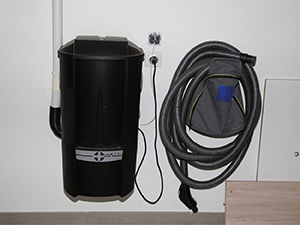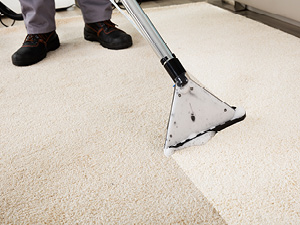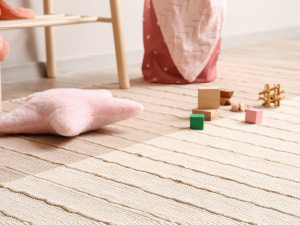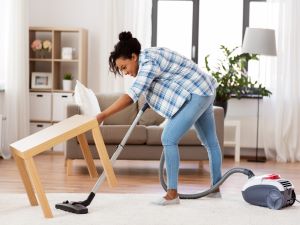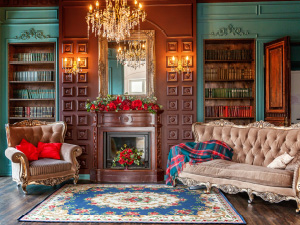Choosing a Vacuum Cleaner
It’s common knowledge that having your carpet and floors professionally cleaned regularly extends their life and keeps them looking newer longer. Yet, there needs to be some routine cleaning done in-between professional cleanings. Spills and stains need to be addressed as soon as possible and routine vacuuming is essential to keeping your carpets and floors clean in between professional cleanings. However, what you vacuum with is just as important as the vacuuming itself. Here we are going to look at the pros and cons of the 2 most commonly used types of vacuums: upright and cannister vacuums.
Pros of Upright Vacuum Cleaners
Ease of Use: Due to the all-in-one design, an upright is easier to move. It can be pushed easily from room to room with little effort.
Wide Footprint: The vacuum head of an upright is usually bigger than a canister making it quicker to vacuum even the largest of areas.
Emptying Debris: Most modern uprights have plastic containers that collect the debris. These containers snap in and out quickly and easily, plus they have a one touch button making emptying easy.
Storage: Their design makes it possible for uprights to stand alone in corners or closets without taking up much space.
Pros of Cannister Vacuum Cleaners
Noise: Cannister vacuums are a bit quieter than uprights. Their decibel level is about the same as a washing machine. This may be a factor if you have babies, dogs or someone in your home that has sensitive hearing.
Suction: Generally, cannister vacuums have more suction power. They are great at cleaning bare floors and can clean carpets effectively.
Cords: Retractable cords are stored inside a cannister vacuum. This reduces the chance of a trip and fall accident while it is in use or in storage.
Weight: Cannister vacuums usually weigh less. The difference in pounds may not be much, but their design makes them seem less cumbersome and heavy.
Cons of Upright Vacuum Cleaners
Noise: Their nose level is louder than cannister vacuums. It is something close to a coffee grinder. If you have babies or dogs, they may find it uncomfortable.
Weight: Uprights can weigh 20 pounds or more. While they push fairly easily, if you have stairs, lugging 20+ pounds up and down can get tiresome. You might want to consider a hand-held or stick vac for stairs.
Maneuverability: The vacuum head is bigger and wider on an upright so it doesn’t get into all the little corners and may require balancing on stairs if the head is wider than the stair itself.
Cords: Cords are stored on the outside of the vacuum and frequently lay on the floor while in use. This presents a trip and fall hazard.
Cons of Cannister Vacuums
Storage: Due to their design, cannister vacuums along with their cords and attachments take up much more space than an upright. If you have limited storage space, that may be a consideration.
Effectiveness: Even though they generally have more suction power than an upright, uprights are routinely rated to clean carpets more effectively. Take into consideration what types of flooring surfaces you have in your home when making a vacuum decision.
Maneuverability: A cannister vacuum rolls on wheels as you pull it from room to room. If you have thick carpet or rugs, the smaller wheels may get bogged down or stuck in the carpet.
Emptying Debris: Bagged cannister vacuums are more efficient at picking up dirt and debris. However, throwing away a dirty bag filled with debris and dust can be a hassle. Those vacuum bags need to be replaced every month or two, so you are continuously having to buy new bags. That can become costly over time. There are bagless models available, but they tend to be more expensive.
A vacuum clearer should be considered an investment in helping to extend the life of your flooring surfaces. Price should not be the only consideration.
- What types of surfaces do you have?
- Are there stairs involved?
- Do you have pets?
- Are there people or animals that may be bothered by noise?
- Does anyone have a respiratory problem?
All these things need to be taken into consideration when purchasing a vacuum cleaner. In this particular situation, if all you consider is price, you may end up not getting what you need.
By Sharon Koehler. This article is one of a series of articles written and published on behalf of Surface Care PROS Partners.




